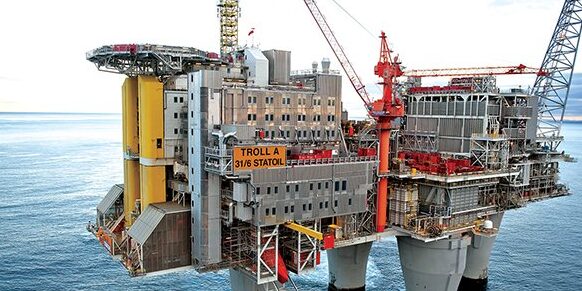Brent negotiations, a benchmark for Angolan oil exports, opened higher on Monday in the international market, standing at US$80.73 per barrel at the time of writing, registering a daily variation of 79.65 to 81.24 , up to the time of the survey.
Despite Brent falling 10 percent last week to $80 a barrel, China’s demand prospects remain strong despite the commodity’s recent decline, experts say.
Goldman Sachs bank raised its China demand forecast to 16.0 and 16.6 million barrels per day (mb/d) in the fourth quarter of 2023 and 4Q24, respectively. The calculations correspond to 400,000 and 700,000 barrels per day above previous estimates.
According to the bank’s report, there are main factors that justify the collapse of the commodity in recent days. First, investors may likely be updating expectations for Russian oil production, which continues to surprise on the upside, ahead of Sunday’s European Union (EU) ban on refined products, as diesel margins are falling sharply.
A second option has to do with the ongoing collapse in natural gas prices (in part related to a relatively warm winter), encouraging the shift from oil to gas. The collapse in gas prices is also driving down prices for oil products, which could in turn depress positioning in oil markets,” the analysts reckon.
Third, more macro-minded investors expressing the broader theme of producer disinflation likely led to some recent selling. International analysts do not believe that any deterioration in the outlook for oil demand from China explains the oil sell-off.
![]()




